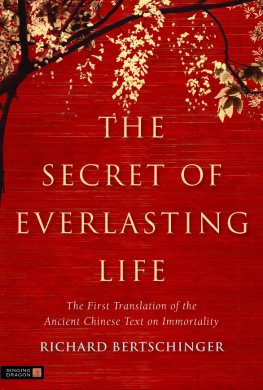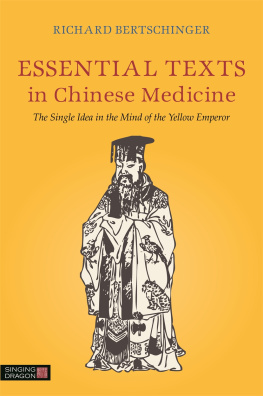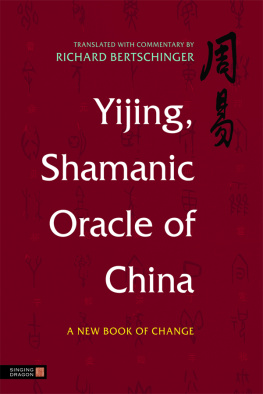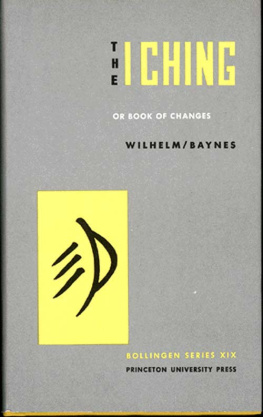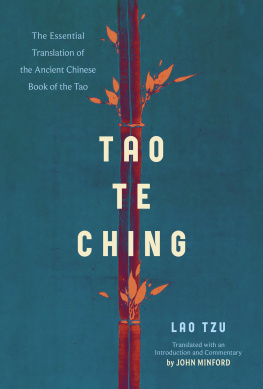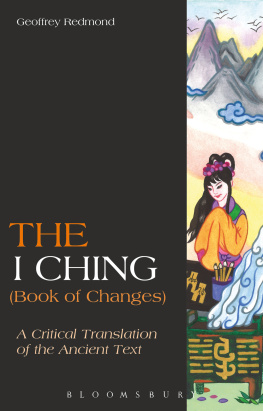All rights reserved. No part of this publication may be reproduced in any material form (including photocopying or storing it in any medium by electronic means and whether or not transiently or incidentally to some other use of this publication) without the written permission of the copyright owner except in accordance with the provisions of the Copyright, Designs and Patents Act 1988 or under the terms of a licence issued by the Copyright Licensing Agency Ltd, Saffron House, 610 Kirby Street, London EC1N 8TS. Applications for the copyright owners written permission to reproduce any part of this publication should be addressed to the publisher.
Warning: The doing of an unauthorised act in relation to a copyright work may result in both a civil claim for damages and criminal prosecution.
The idea of everlasting life has nothing to do with hankering after life. The truth is that actually there is no death.
How can there be no death? Because actually there is only one single energy, one all-encompassing motivating force which lies at the root of our lifes activity, not two. The Great Void which is the common ground of all life is there already, with life continuously being born within it. So what need is there for life and death?
It is because our desire for things assumes undue importance that we go astray and begin the separation of life and death. If we view them from this space of quiet and tranquillity we can see there has never been any life or any death. Evidently there is only this one single energy flowing and circulating about.
PREFACE TO PERENNIAL EDITION
Welcome! The book you hold in your hand is the granddaddy of all qigong classics. These writings on internal alchemy have spawned countless commentaries and editions presented here, for the first time, in English translation, along with the voices of its Chinese commentators.
Nourish yourself thus within
tranquil and still in the void,
while at source concealing the brilliance
which illuminates up your whole body.
shut and close up the mouth,
repressing within the spiritual trunk,
the senses all swallowed up
to gently support that pearl so young.
observe it there, the unobvious
so close by and easy to seek.
Welcome again! to a timely reprinting of this translation, which first saw the light of day some twenty years ago. Since then it has appeared in German, Portuguese and Dutch editions to spread its elegant calling across the globe, available to us all.
The ear, eye and mouth these three jewels,
block and stop them up, do not let them gape.
the truth in man lies at the very depths,
he roams wide yet guards a proper compass within.
these three are the crux of the affair
to be in a relaxed body, resting in an empty room,
abandon the will and go back to the void,
and thus beyond thought find constancy.
Welcome, thrice welcome! to the catalogue of events which led to Wei Boyang and his followers including the dog all of whom gave their lives that the message in this book might be complete, and sent on to you. Even the Yellow Emperor himself is one of our tribethis from the speech made by the great sage Guang Cheng, proficient in the art of fostering life:
In essence, it is profound and shrouded in mystery
dark it is and hushed in quiet
let your soul be at peace and the body rights itself!
The above few lines, from the legendary instruction of the Yellow Emperor, come from the Zhuangzi book. There is another tale in the Zhuangzi about the boy who captures a pearl from the dragon of the deeps, who nestles a pearl under his chinthe headman of his village demands the pearl be destroyed! Who knows what calamities it might bring?
Here, at least, is a single pearl which survived! Give thanks.
Richard Bertschinger
September 2010
LIST OF ILLUSTRATIONS
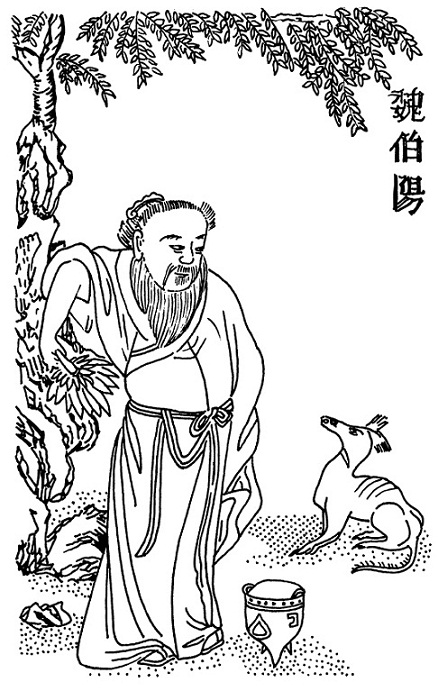
Fig. 1 Wei Boyang with his cauldron and dog
INTRODUCTION
The current Western fascination with Chinese philosophy and ideas is evident from the widespread interest in areas as diverse as Taoism, Feng Shui, acupuncture, Chinese herbal medicine, Tai Chi, Qi Gong, etc. This book will be of interest to students of all these as it takes the reader on an extensive journey through the minds and wisdom of the Immortals (the great sages), including such influential figures as Confucius and Laozi (Lao Tsu), who laid the foundation of Chinese thought.
The Secret of Everlasting Life is in the tradition of such well-known Chinese texts as the Daode Jing (Tao Te Ching) and Yi Jing (I Ching). The first translation of the classic Taoist text of the Can Tong Qi, it provides the Western reader with invaluable and hitherto unpublished insights into Taoist thought and practice.
Central to the above are themes which most readers will recognize the Dao (Tao), the Yin and Yang, the sixty-four hexagrams, etc. but this text expands greatly on the relationships between them. For example, an introduction to the process by which the One divides into the Yin and Yang occurs in both Chapters 1 and 2, and 19 and 20: these chapters should be read first by anyone initially picking up the book. For the reciprocal ebb and flow of the Yin and Yang lines within the trigrams and hexagrams, see Chapters 4 and 5; for an account of the formation of the hexagrams, see Chapters 21 and 22; for an explanation of the ever-fluid relationship between the Yin and Yang, see Chapter 8. These sections will guide the readers understanding and progressively direct it towards the very roots of Daoist inner practice and philosophy.
The poetic imagery of the Can Tong Qi takes the reader on a journey into the heart of traditional Chinese symbolism: the dragon and tiger (Chapter 28), the Great Yang Pearl (Chapter 14), and the Inner Cauldron (Chapter 35), are all mentioned. As the commentators explain, however, all of these are only aspects of the One (Chapter 25).
Students of Chinese medicine will find Chapters 15 and 25 of particular interest as they explain the symbolic relationship between the organs of the human body and the five elements, as well as illustrating the healing power of meditation that is, the creation of a Golden Elixir through harmonizing the flow of ones inner energies.

